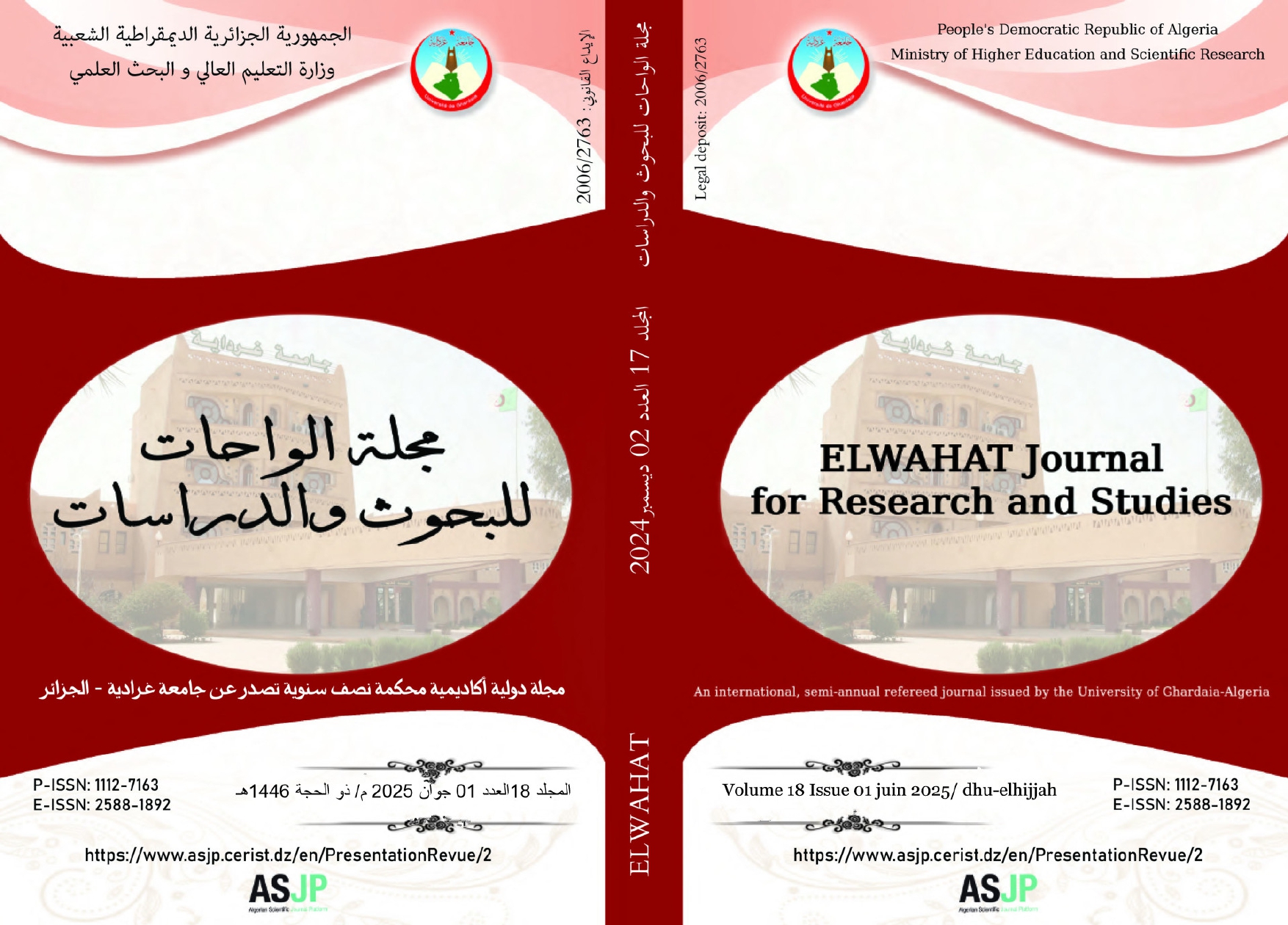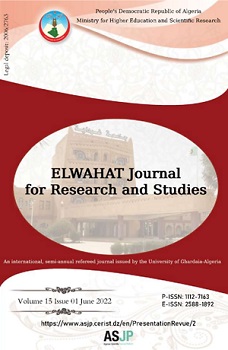القضاء الدستوري بين مقتضيات الشرعية الدستورية ومتطلبات الاستقرار القانوني
Abstract
The Initiation Of A Constitutional Issue Through A Plea Of Unconstitutionality, Based On The Legal Developments Of 2020 And 2022 Respectively, And Its Connection To Constitutional Jurisdiction, Can Lead To One Of Two Outcomes: Either The Text Is Deemed Constitutional, Thus Raising No Issue, Or The Text Is Ruled Unconstitutional For Violating Constitutional Provisions. In The Latter Case, Questions Arise Regarding The Temporal Scope Of Such A Decision Whether It Merely Reveals The Unconstitutionality Or Establishes It.
This Tension Between Constitutional Legitimacy And Legal Certainty Raises Questions About The Ability Of The Constitutional Court To Strike A Balance Between These Two Principles. On One Hand, The Court Must Be Firm In Protecting The Constitution, And On The Other, It Must Consider The Practical Implications Of Its Rulings On The Legal System And Society.
This Study Examines The Procedural And Substantive Mechanisms Employed By The Constitutional Court To Achieve This Balance, Offering A Critical Analysis Of The Temporal Effects Of Its Rulings (Immediate, Retroactive, Or Deferred) On The Legal System And Society. Additionally, The Study Addresses The Practical Challenges Faced By Constitutional Judiciary In Implementing These Mechanisms And Proposes Recommendations To Enhance Its Effectiveness.
Keywords: Legal Certainty, Legislative Stability, Plea Of Unconstitutionality, Constitutional Court, Authority Of Judicial Decisions






